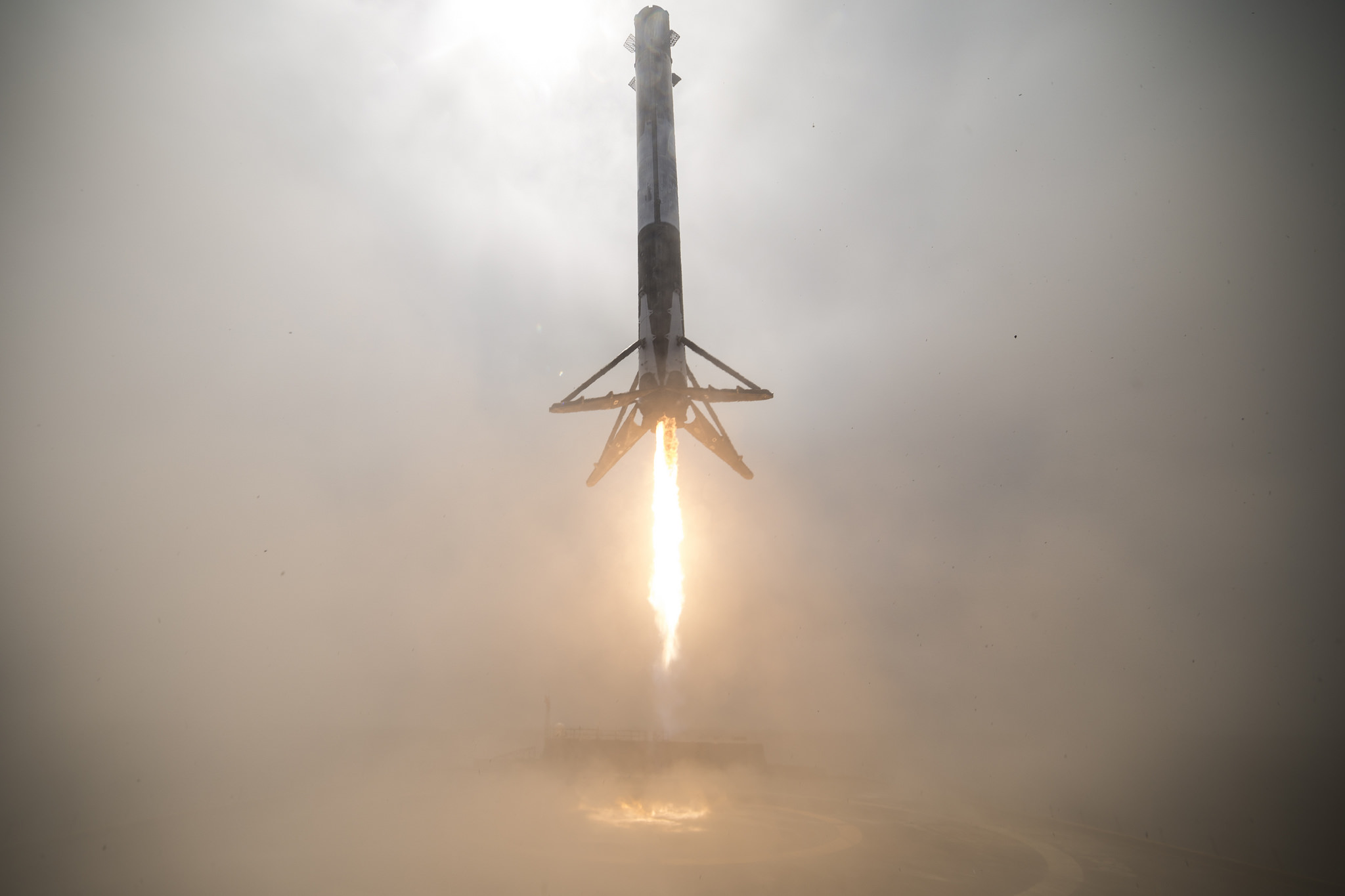
Update for Feb. 22: SpaceX's Falcon 9 mission to launch the Paz satellite has successfully lifted off. See our full story here: SpaceX Launches 1st Test Satellites for Starlink Internet Constellation Along with Spain's Paz
Update for Feb. 21: High winds scuttled today's launch attempt. The next opportunity comes Thursday, at 9:17 a.m. EST (1417 GMT; 6:17 a.m. local California time).
Update for Feb. 18: SpaceX has delayed the launch of its next Falcon 9 rocket to no earlier than Feb. 21. See our full story here: SpaceX Delays Next Falcon 9 Rocket Launch to Feb. 21
SpaceX plans to launch the first two prototypes for its vast satellite-internet constellation Thursday (Feb. 22), and you can watch the liftoff live.
The satellites are scheduled to lift off aboard a two-stage Falcon 9 rocket from Vandenberg Air Force Base on the California coast on Thursday at 9:17 a.m. EST (1417 GMT; 6:17 a.m. local California time). Watch the launch live here at Space.com, courtesy of SpaceX, or directly via SpaceX's website.
This Falcon 9's first stage has flown once before, helping loft a Taiwanese Earth-observing satellite in August 2017. The first stage landed on one of SpaceX's "drone ships" in the ocean on that occasion, but no such landing will be attempted Thursday, SpaceX representatives said. However, the company will apparently attempt to recover the payload fairing — the $6 million nose cone that will protect the satellites during launch — using a net-equipped boat named "Mr. Steven."
The main purpose of Thursday's launch is getting the Paz satellite to orbit for Spanish operator Hisdesat. Paz will generate sharp radar imagery of Earth for a variety of customers, including the Spanish government, over the course of the satellite's 5.5-year mission.
Get the Space.com Newsletter
Breaking space news, the latest updates on rocket launches, skywatching events and more!
The two prototype satellite-internet craft will be riding along as secondary payloads, according to documents SpaceX has filed with the Federal Communications Commission. (SpaceX has not said much about the inclusion of these two prototypes, known as Microsat-2a and Microsat-2b, on Thursday's flight.)
The prototypes are designed to help lay the groundwork for SpaceX's Starlink constellation, a network of several thousand satellites in Earth orbit that the company envisions providing low-cost internet service to people around the world. SpaceX representatives have said the company aims to get Starlink up and running, at least in a limited capacity, by 2020.
Follow Mike Wall on Twitter @michaeldwall and Google+. Follow us @Spacedotcom, Facebook or Google+. Originally published on Space.com.
Join our Space Forums to keep talking space on the latest missions, night sky and more! And if you have a news tip, correction or comment, let us know at: community@space.com.

Michael Wall is a Senior Space Writer with Space.com and joined the team in 2010. He primarily covers exoplanets, spaceflight and military space, but has been known to dabble in the space art beat. His book about the search for alien life, "Out There," was published on Nov. 13, 2018. Before becoming a science writer, Michael worked as a herpetologist and wildlife biologist. He has a Ph.D. in evolutionary biology from the University of Sydney, Australia, a bachelor's degree from the University of Arizona, and a graduate certificate in science writing from the University of California, Santa Cruz. To find out what his latest project is, you can follow Michael on Twitter.










